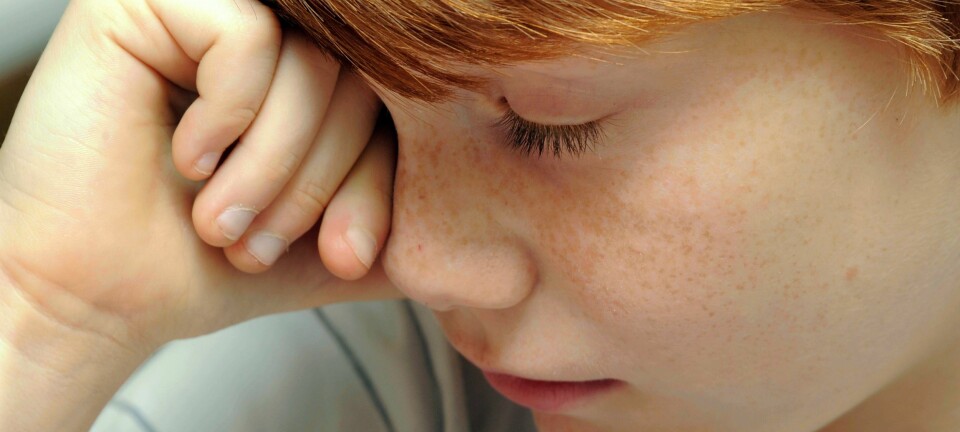This article was produced and financed by University of Bergen

Workaholism tied to psychiatric disorders
A large national Norwegian study shows that workaholism frequently co-occurs with ADHD, OCD, anxiety, and depression.
Researchers at the University of Bergen in Norway have examined the associations between workaholism and psychiatric disorders among 16,426 working adults.
“Workaholics scored higher on all the psychiatric symptoms than non-workaholics,” says researcher and Clinical Psychologist Specialist Cecilie Schou Andreassen, at the Department of Psychosocial Science, at the University of Bergen.
Workaholics score higher on all clinical states
The study showed that workaholics scored higher on all the psychiatric symptoms than non-workaholics. Among workaholics, the main findings were that:
- 32.7 per cent met ADHD criteria (12.7 per cent among non-workaholics).
- 25.6 per cent OCD criteria (8.7 per cent among non-workaholics).
- 33.8 per cent met anxiety criteria (11.9 per cent among non-workaholics).
- 8.9 per cent met depression criteria (2.6 per cent among non-workaholics).
“Thus, taking work to the extreme may be a sign of deeper psychological or emotional issues. Whether this reflects overlapping genetic vulnerabilities, disorders leading to workaholism or, conversely, workaholism causing such disorders, remain uncertain,” says Schou Andreassen.
The pioneering study, published in the open-access journal PLOS One, is co-authored by researchers from Nottingham Trent University and Yale University.
Affects identification of disorders
According to Schou Andreassen, the findings clearly highlight the importance of further investigating neurobiological deviations related to workaholic behaviour.
“In wait for more research, physicians should not take for granted that a seemingly successful workaholic does not have ADHD-related or other clinical features. Their considerations affect both the identification and treatment of these disorders,” says Schou Andreassen.
Seven diagnostic criteria for workaholism
The researchers used seven valid criteria when drawing the line between addictive and non-addictive behaviour.
Experiences occurring over the past year are rated from 1 (never) to 5 (always):
- You think of how you can free up more time to work.
- You spend much more time working than initially intended.
- You work in order to reduce feelings of guilt, anxiety, helplessness or depression.
- You have been told by others to cut down on work without listening to them.
- You become stressed if you are prohibited from working.
- You deprioritize hobbies, leisure activities, and/or exercise because of your work.
- You work so much that it has negatively influenced your health.
- Scoring 4 (often) or 5 (always) on four or more criteria identify a workaholic.
Accordingly, the Bergen Work Addiction Scale operationalizes workaholism by the same symptoms as traditional addictions: salience, mood modification, conflict, tolerance, withdrawal, relapse and problems.
In line with previous research, 7.8 per cent of the current sample classified as workaholics, which is close to an estimate (8.3 per cent) found in a (and, to date, only) nationally representative study conducted by Dr. Andreassen and colleagues in 2014.
Scientific links
- Andreassen, C. S. (et al.) The Relationship Between Workaholism and Symptoms of Psychiatric Disorders: A Large-Scale Cross-Sectional Study. PLOS One, 2016.
- Andreassen, C.S (et al.) The Prevalence of Workaholism: A Survey Study in a Nationally Representative Sample of Norwegian Employees. Plos One (2014)
































